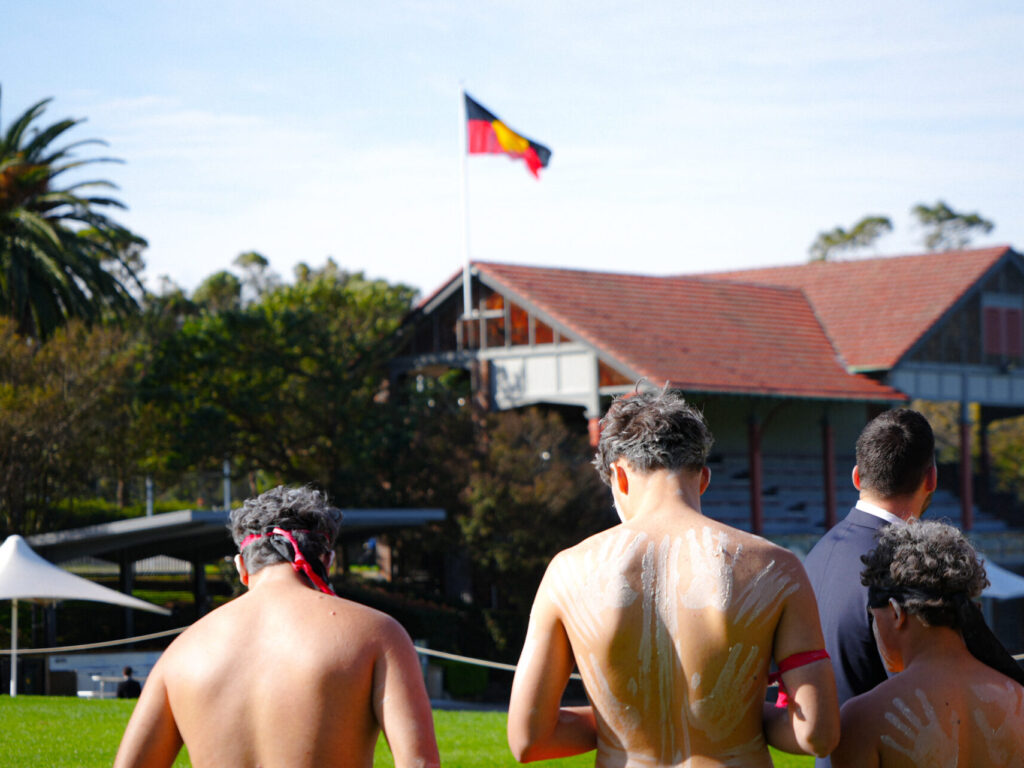Our first Remembrance Day
Our Remembrance Day service on Friday 9 November will mark the centenary of the Armistice that ended the fighting on 11 November 1918.
We know that, as news of the signing of the Armistice spread, crowds gathered to celebrate in public places across the Allied nations. The jubilant crowd photographed in Martin Place (image courtesy of the Australian War Memorial) captured the mood in Sydney that day.
We have no evidence of how the news was greeted at Newington. We do, however, have an account of what may be regarded as our first Remembrance Day, a Memorial Service for the Fallen held on 9 November 1919, the nearest Sunday to the first anniversary of the Armistice. This was one of hundreds of events held around Australia, and thousands around the world, on or near that first anniversary and which led to the tradition of marking Armistice Day — renamed Remembrance Day after the Second World War — to commemorate those who had died in the Great War and, subsequently, in all conflicts.
That first Newington service was held in the Stanmore Methodist Church, which functioned as the College’s chapel and was draped for the occasion with flags and wreaths. The large congregation included many ‘relatives of our dead soldiers’, present and Old Newingtonians and a range of official guests representing the NSW Parliament and the military authorities. Former Prime Minister Sir Joseph Cook read the Old Testament lesson, while the Headmaster, the Reverend Charles Prescott, preached what was reported as ‘a noble and inspiring sermon’. Hymns included ‘O God, our help in ages past’ and ‘When the day of toil is over’, while the College Choir sang the anthem ‘Crossing the bar’.
The service closed with Major Charles Buchanan reading the Roll of the Dead and the school buglers playing the ‘Last Post’, two common features of subsequent commemorations.
One feature not included was the minute’s silence. It was first observed two days later (as two minutes’ silence) at the first annual Armistice Day service in London. It quickly became a central feature of such commemorations, and in schools and workplaces where there was no other formal commemoration, across the nations of the former British Empire. Nor were poppies worn at our 1919 service: the tradition of wearing poppies on Remembrance Day reportedly started in 1921.
David Roberts
Archivist



